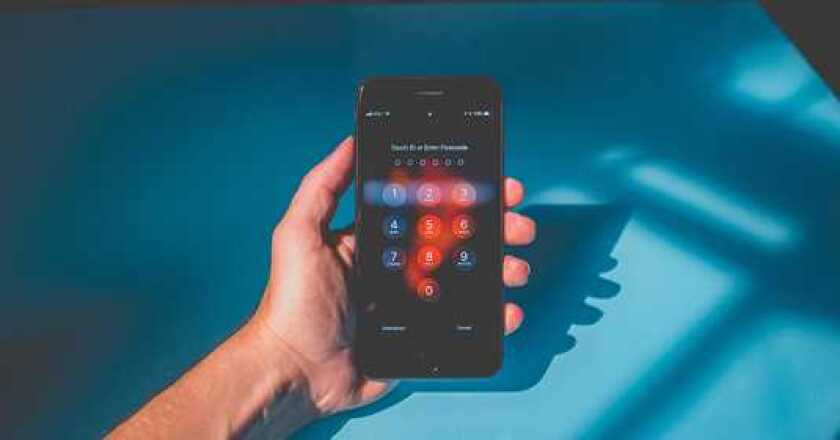As all carriers know, the arrival of a new generation of technology isn’t just about delivering new capabilities; it demands investment in multiple areas, including network equipment, spectrum and the shutdown of legacy networks. It’s a costly exercise at the best of times, but it’s one 5G is going to put firmly under the microscope.
Handset sales around the world plateaued in recent years, but McKinsey and Company estimates that 5G will drive a new growth phase, with smartphone sales likely to increase 2%-5%. That’s great news for subscription rates, but getting those devices into the hands of subscribers will demand more costly subsidies.
“To drive that ARPU [average revenue per user] up you have to drive the penetration up, and to do that you have to make it economically attractive for the end consumers in the market,” says Dion Price, CEO, Trustonic.
“You can do that in one of two ways: you can pressure the handset manufacturers to drive those price points down, but that will take time, or you are going to have to figure out a way of making it more attractive financially, and that generally leads you down a path of intelligent finance options for those consumers,” he adds.
Great news for the consumer, but there’s no such thing as a free phone.
In comparing operators’ 4G and 5G device capex, McKinsey confirms financial burdens are already increasing. It quoted one North American operator that weathered a 30% rise in handset subsidy costs, while South Korean operators confirmed smartphone-related costs for 5G launches were higher than for 4G in 2011.
But there are two more issues compounding the problem: the sledgehammer impact that Covid-19 has had on store closures and retail sales, and the fact that despite the technological advances in these devices, their locking mechanisms haven’t improved. The bottom line? Those expensive, subsidised 5G-enabled assets are only as secure as their 3G predecessors.
“We find it quite interesting that the improvements in how you lock a device basically haven’t changed in over a decade, 15 years in some cases. It’s pretty much the only part of the entire ecosystem that hasn’t advanced,” says Price.
Rising costs
While the number of devices sold has plateaued, the number stolen has not; and with the value of devices increasing, the problem is costing operators more than ever. According to Price, one Trustonic client reported a $90 million loss on handset theft in a single year.
“The available locking mechanisms around those devices doesn’t seem to be much of an inhibitor to the organised crime that sits around that,” Price says.
It’s one thing that carriers are footing the bill, but turn the situation on its head and the telecoms industry is enabling a worldwide organised crime problem while being unable to put a firm figure on the dollar value of its losses.
Price says most thefts are linked to organised crime, meaning most devices are shipped to one of the 100 countries around the world that doesn’t adhere to IMEI systems. In short, the operator’s loss is the criminal’s gain.
“We know very well that the numbers are huge. If you think about the number of devices purchased by a carrier in a given year, it very often runs into hundreds of millions, depending on the size of the carrier. Therefore it has also a bigger impact on the potential ARPU they can generate.
“It’s not just the handset but the opportunity cost of the lost ARPU,” he explains.
In some countries the regulator has taken the lead. In Peru, for example, where such crimes are associated with violence, authorities introduced new registration and disabling capabilities to deter thefts and reduce violent attacks.
Describing the solution when it launched in 2017, then interior minister Carlos Basombrio said the impact was as if the criminal had “stolen a banana peel”.
Price comments: “People will either be forced to improve – for example by regulators in the case of Peru – or people will just accept what they have. You get what you tolerate.
“Within a mobile environment, if the government regulator isn’t driving you to improve that particular part, and you are being told by the handset manufacturers that that is it and it’s a game of cat and mouse and you will never solve the problem so why bother trying, then nothing tends to change.
“But we have proven where we have worked with carriers on this, we cut the fraud and theft problem by 70% in some cases, occasionally more, depending on the type of solution and problem we are dealing with,” he adds.





